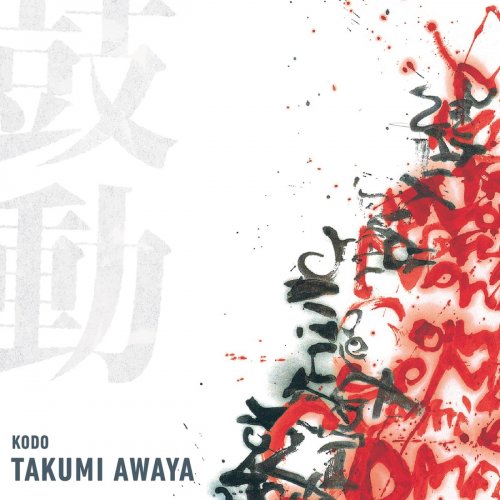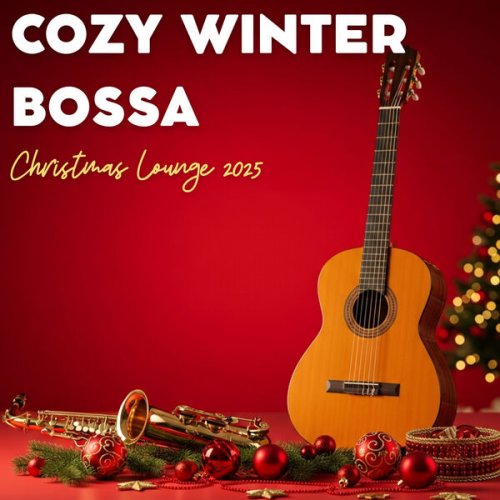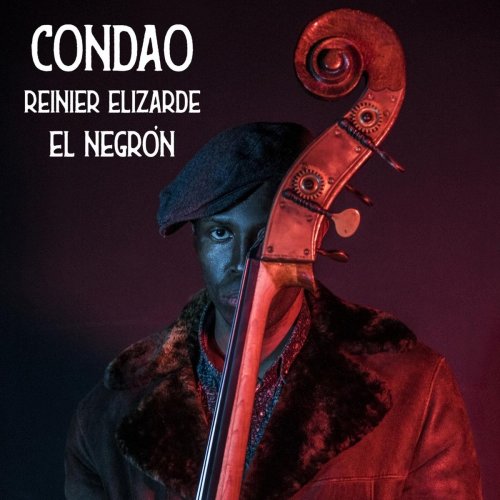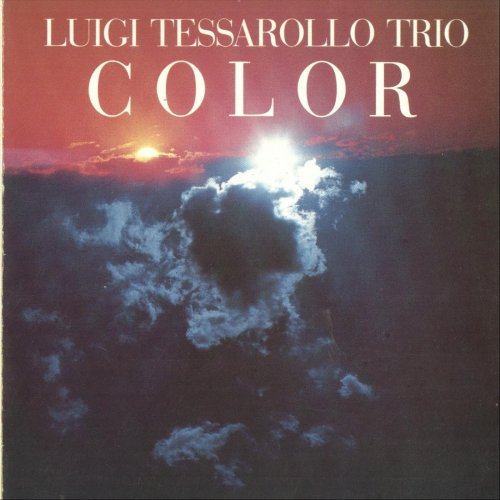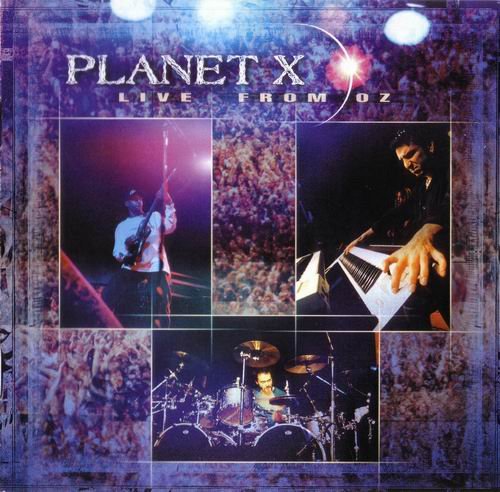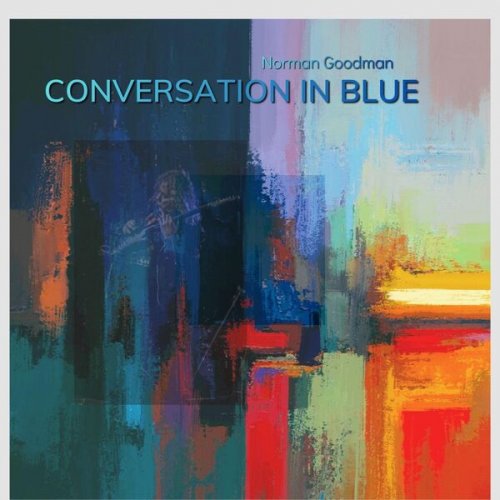Ensemble Vocale di Napoli, Antonio Spagnolo - Ensemble Vocale di Napoli & Antonio Spagnolo (Remastered) (2023) [Hi-Res]
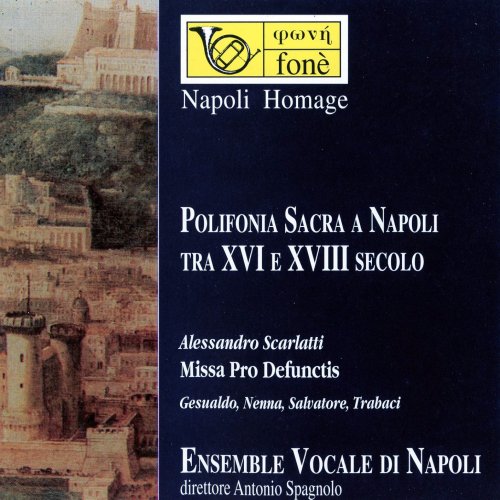
Artist: Ensemble Vocale di Napoli, Antonio Spagnolo
Title: Ensemble Vocale di Napoli & Antonio Spagnolo (Remastered)
Year Of Release: 1994/2023
Label: fonè Records
Genre: Classical
Quality: flac lossless (tracks) / flac 24bits - 48.0kHz +Booklet
Total Time: 00:54:17
Total Size: 265 / 550 mb
WebSite: Album Preview
TracklistTitle: Ensemble Vocale di Napoli & Antonio Spagnolo (Remastered)
Year Of Release: 1994/2023
Label: fonè Records
Genre: Classical
Quality: flac lossless (tracks) / flac 24bits - 48.0kHz +Booklet
Total Time: 00:54:17
Total Size: 265 / 550 mb
WebSite: Album Preview
01. Scarlatti Missa Pro Defunctis 1.Requiem introitus
02. Scarlatti Missa Pro Defunctis 2.Kyrie
03. Scarlatti Missa Pro Defunctis 3.In memoria Aeterna graduale
04. Scarlatti Missa Pro Defunctis 4.Domine JesuChriste offertorium
05. Scarlatti Missa Pro Defunctis 5.Sanctus
06. Scarlatti Missa Pro Defunctis 6.Agnus dei
07. Scarlatti Missa Pro Defunctis 7.Lux Aeterna communio
08. Nenna In Monte Oliveti
09. Nenna Caligaverunt
10. Trabaci Cum jucunditate
11. Venosa Ave dulcissima Maria
12. Venosa O vos omnes
13. Salvatore Peccantem me quotidie
14. Scarlatti Salve Regina
The sacred music featured in this recording exemplifies the singular vitality and quality of composers active in Naples from the mid-sixteenth century to the 'beginning of the eighteenth century: it is the music of the Spanish vice-kingdom, of a great, almost "colonial" culture, now in tune now autonomous from that of the dominant power; a culture gripped by a thousand determinant connections, rather, to the other cultural phenomenologies of the Italian peninsula.
This listening to the pages of authors little, or not at all, known outside the specialized sphere leads us to give an accomplished, even if essential, identity to the space of great religious architectures, which are one of the best-known aspects of Neapolitan Baroque art, alongside the other - and even better-known - art form of the time, painting; the one that flourished especially after Caravaggio's enlivening passage through Naples, with its shocking linguistic and content novelties.
But, getting out of that cliché that links music, architecture and painting to the detriment of other more complex, and perhaps elusive, connections, it is worth remembering that in the background of this musical activity - or perhaps vice versa - operated Basile, the author of the "Pentamerone," Marino, the author of the "Adonis," Della Porta, fascinating scientist and playwright, and finally Vico.
Given the still settling stage of the studies, all the insights, which allow to place scientists, poets, musicians etc. in a unique cultural framework of Spanish Naples, must be passed to further critical scrutiny. It is to be reconstructed, for example, the entire scientific milieu of the city's culture, so as to be able to reconnect in a single discourse, albeit with its obvious and indispensable deviations, the research of Della Porta with the theoretical elaborations of the musicians. And the connections between popular culture and high culture, already identified by Fabris in "poor" sacred music and "aristocratic" sacred music, must be identified even in the transition between the various art forms: what connections there are between the popular, even magical, of Basile and the popular vein of certain sacred music, which escapes the normalizing dictates of the provisions of the Council of Trent is yet to be clarified, on a wide scale; but certainly they are operative connections...


